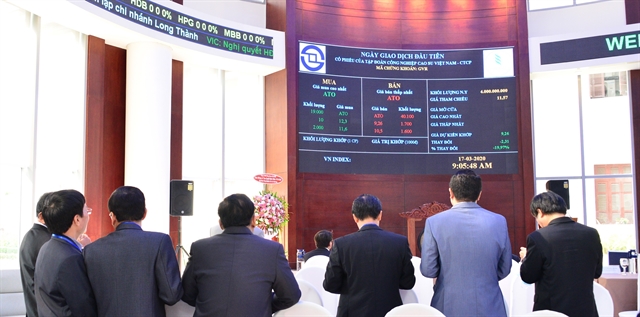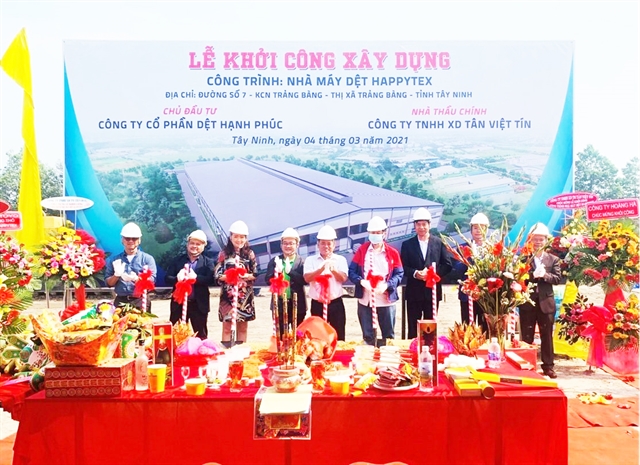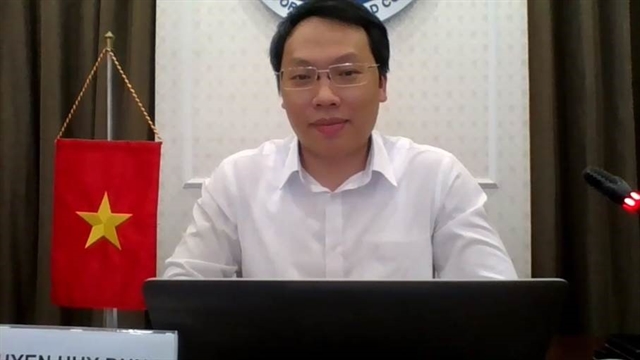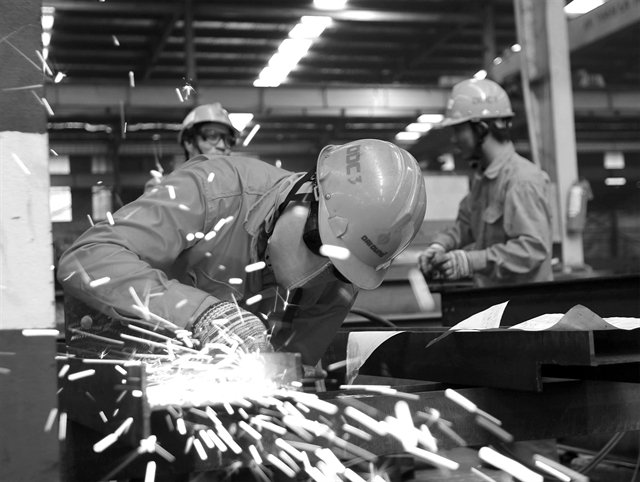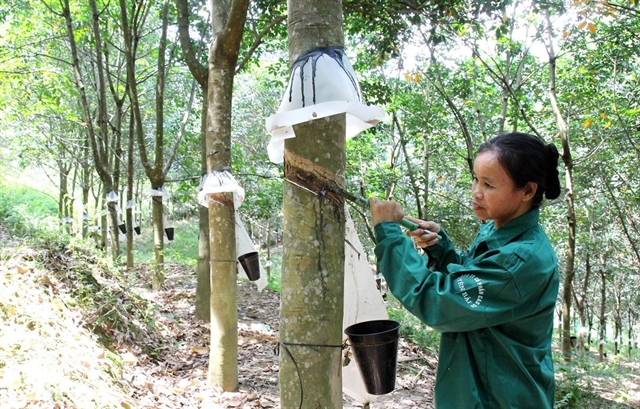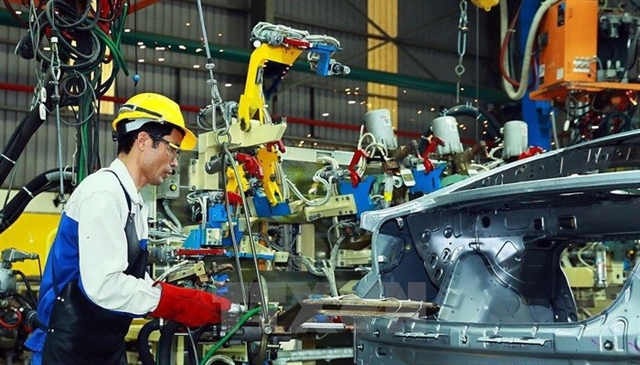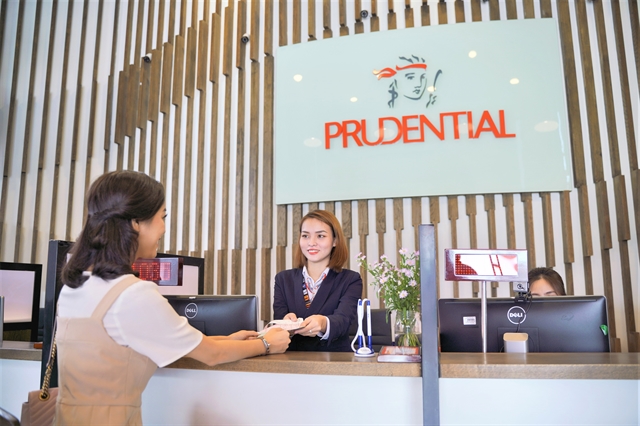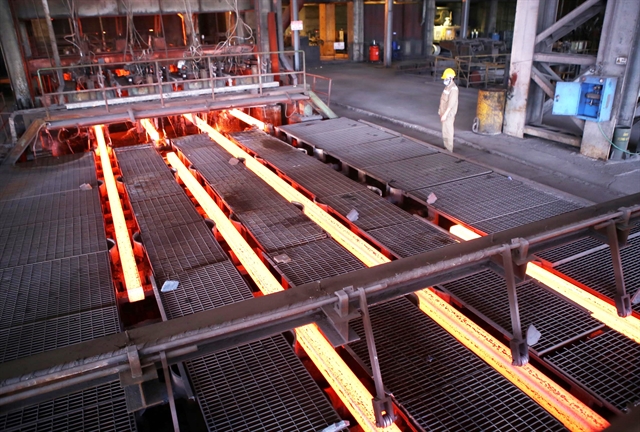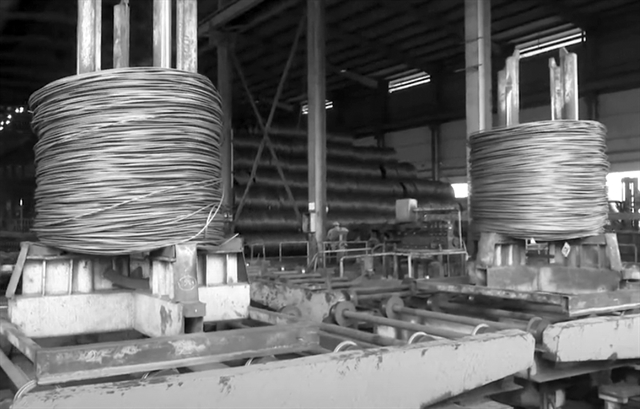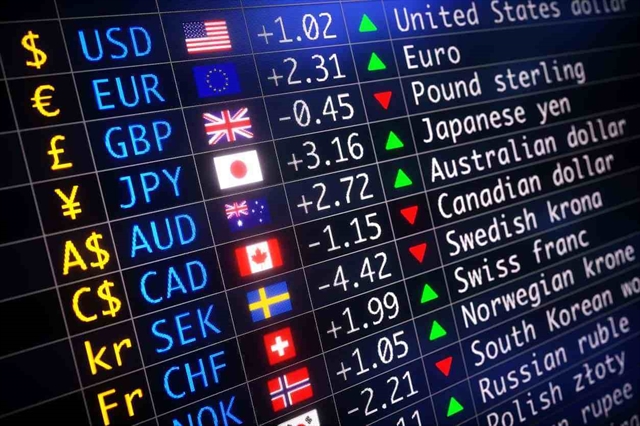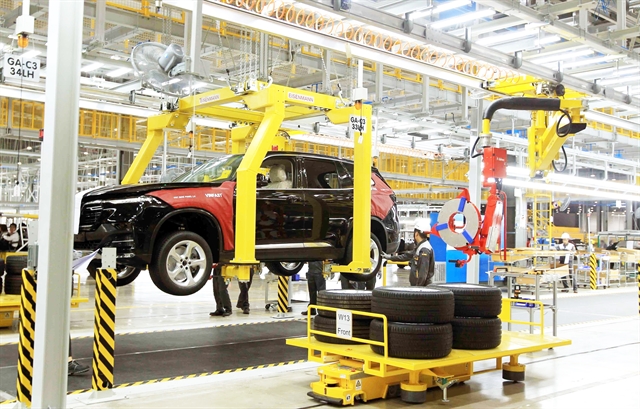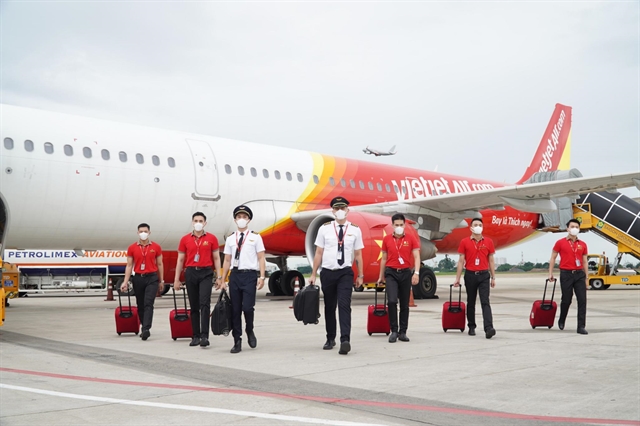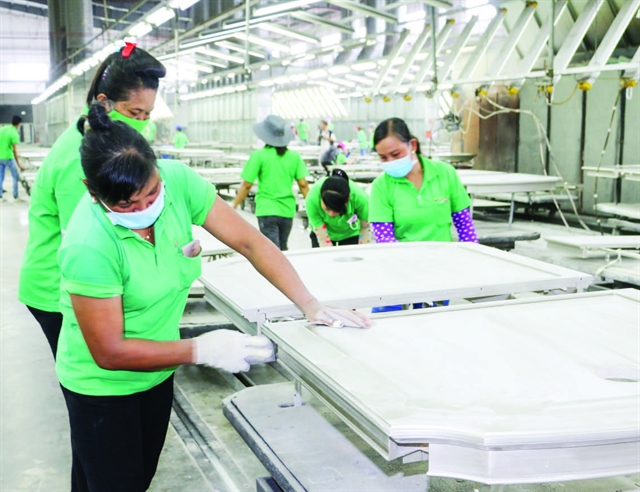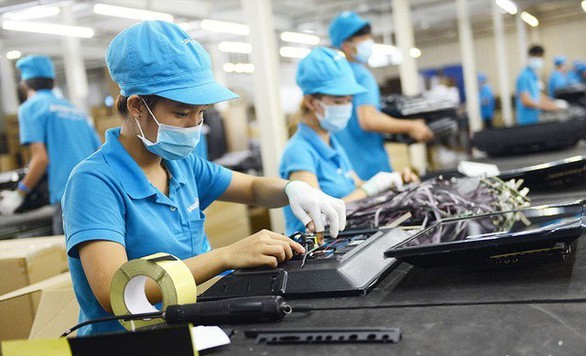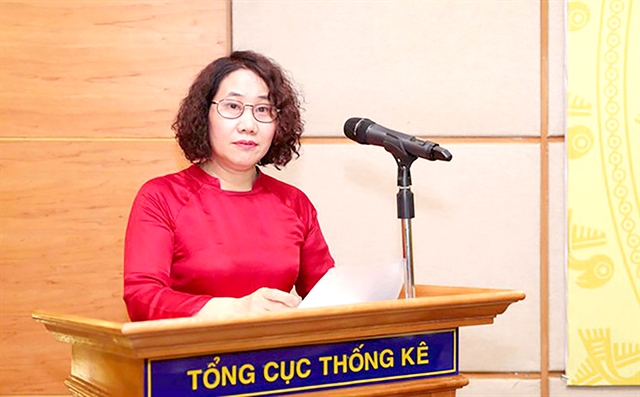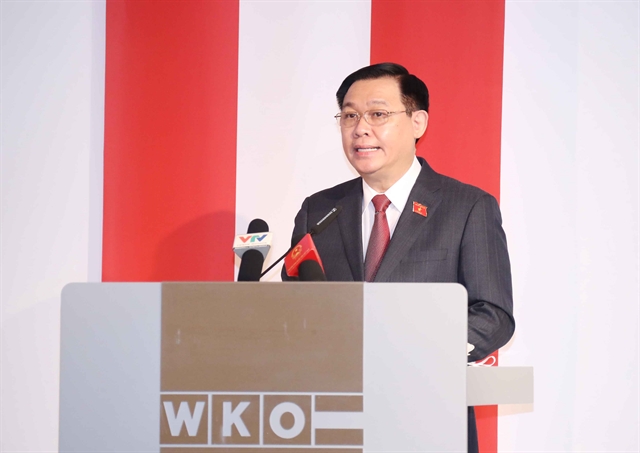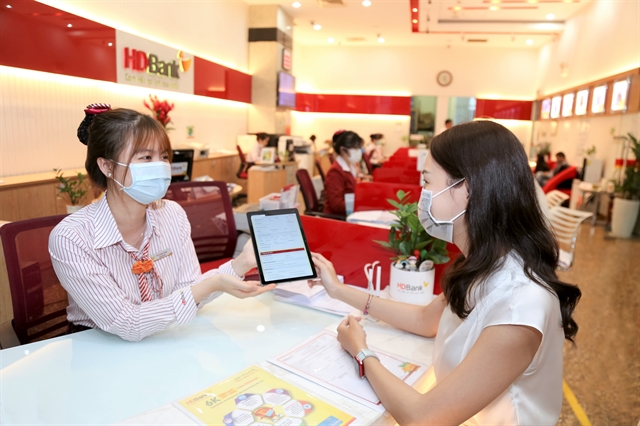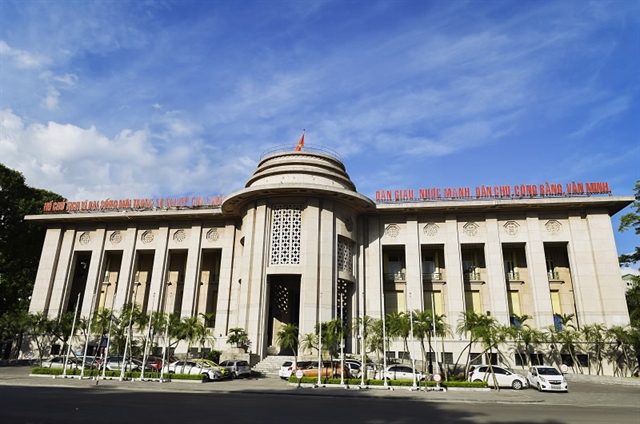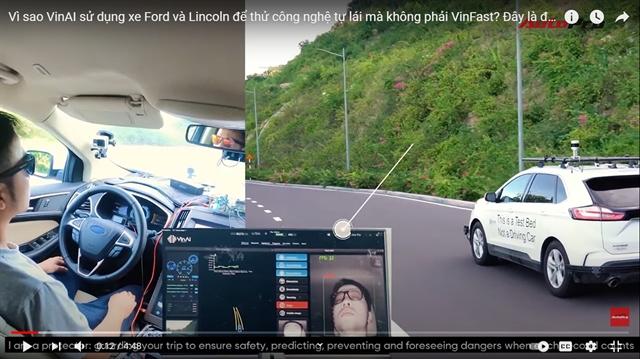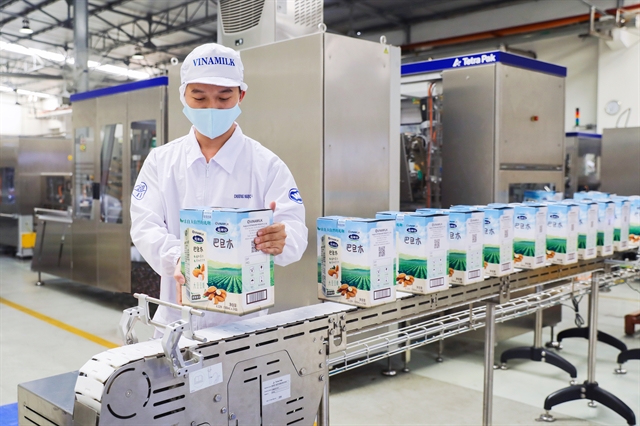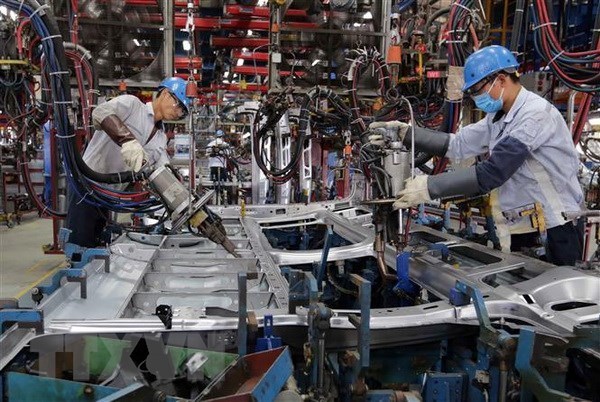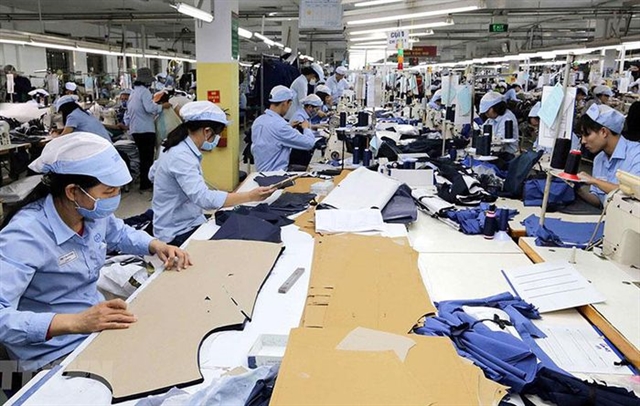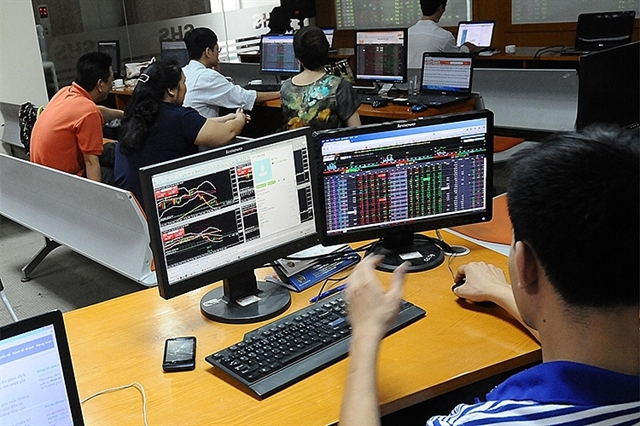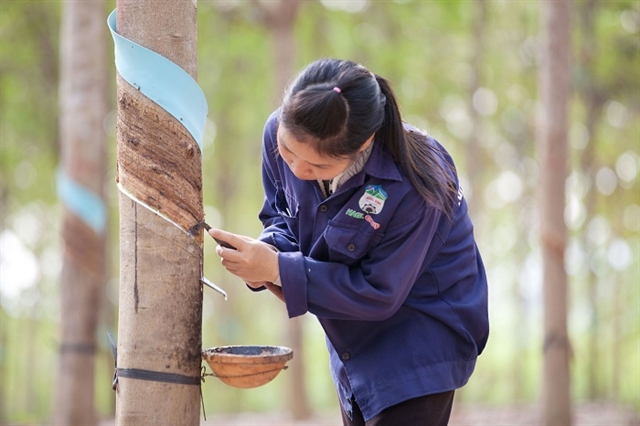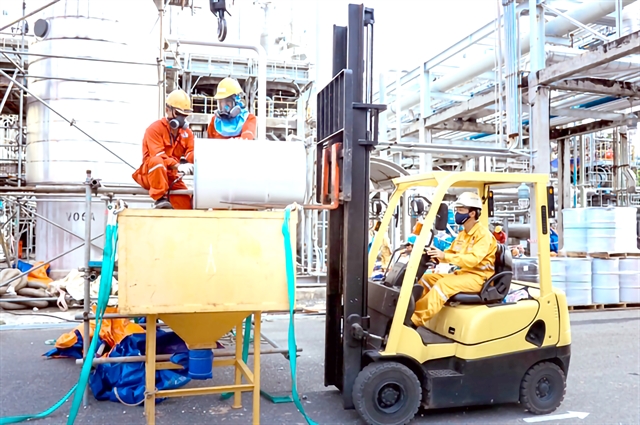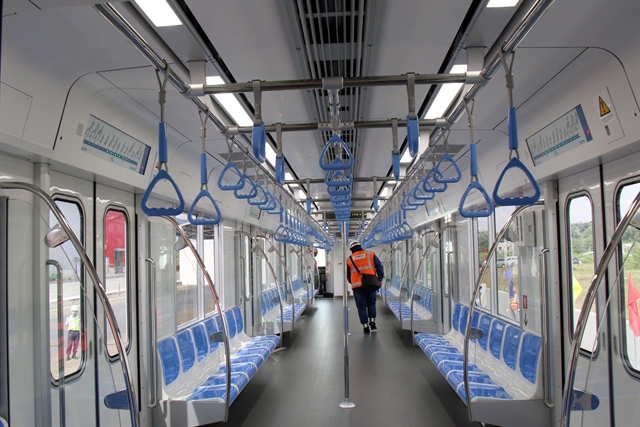
HCM CITY — HCM City wants to attract more private investment instead of relying on official development assistance (ODA) to build its remaining metro lines, but experts have said that it faces a difficult challenge.
Dr. Vũ Anh Tuấn, director of Việt Đức Transport Research Centre, said the city was facing hurdles finding private investors for the metro lines.
“Investors are hesitant because these metro projects are all done on a massive scale and require a huge amount of capital, while revenue from ticket sales is not enough to cover operating costs,” he said.
Moreover, a lack of a legal framework on private-public partnership (PPP) investment in traffic and railway projects has added to the problem, according to Tuấn.
Dr. Huỳnh Thế Du, lecturer at Fulbright University, said it was important to learn from the experience of other countries such as South Korea and China, which initially relied on advanced technology and foreign loans for their first railway lines. Later, they focused on domestic private investment and technology, which lowered the costs greatly.
Most of the metro lines in HCM City are being funded by ODA loans.
For example, the first metro line with a total investment of VNĐ43.757 trillion (US$1.9 billion) is being built with an ODA loan from Japan of VNĐ38.265 trillion, and reciprocal capital of VNĐ5.492 trillion.
Total investment for metro line 2 is VNĐ47.891 trillion, of which ODA is VNĐ37.487 trillion from the Asian Development Bank (ADB), German KfW Development Bank (KfW) and European Investment Bank (EIB). The reciprocal capital is VNĐ10.404 trillion.
The first phase of metro line No 5 will be funded by ODA loans from the ADB, KfW, EIB and the Spanish government.
“The problem with the use of ODA loans is the delay in disbursement procedures, which prolongs the projects and increases the public debt,” he said.
Solutions
Tuấn said that administrative procedures must be minimised and favourable conditions created for investors both at home and abroad under public-private partnerships.
Because of the massive investment needed, the state must undertake the construction of infrastructures such as tunnel structures, elevated roads, stations and depots.
It will need to raise capital by selling bonds and creating a public transport development fund from various sources (such as fee collection for driving in the downtown area, and tolls for road use, fuel charges and others).
The private sector could purchase train carriages and the operating systems.
Over the next decade, HCM City will need about VNĐ924 trillion ($42 billion) for 85 transport infrastructure projects, including 55 roads and bridges, seven waterway transport, eight railway and 15 road works.
In particular, the city needs $833 million in private investment for its metro lines.
This includes the sections of metro line No 2 between Bến Thành Market and Thủ Thiêm and between Tham Lương and Tây Ninh Bus Terminal.
Metro line No 3A extending from Bến Thành Market to Tân Kiên Terminal in Bình Chánh District will require $3.02 billion.
Metro line No 3B from Cộng Hoà Crossroads to Hiệp Bình Chánh will cost $1.88 billion, while metro line No 4 between the Thạnh Xuân and Hiệp Phước urban areas will also run through multiple districts and cost $3.53 billion.
Line No 4B between Gia Định Park in Bình Thạnh District and Lăng Cha Cả Terminal in Gò Vấp District will require $1.33 billion.
All of them are expected to be built under the public-private partnership investment mode, but the city has yet to find private funding for them.
According to HCM City’s Management Authority for Urban Railways (MAUR), the Export-Import Bank of the Republic of Korea has recently asked the city government for permission to conduct an investment study for the second phase of Metro Line No 5.
This line will connect the Bảy Hiền intersection with the new Cần Giuộc Bus Station and Đa Phước Depot, under the PPP mode.
The bank said it would provide funding for the project’s pre-feasibility study, which will cover technical, financial and legal aspects, according to MAUR.
The city plans to build a total of eight metro lines running a total 220 km with total investment of nearly $25 billion. It also wants to build urban areas along the metro routes and underground spaces around metro stations to save land and ensure public transport.
With a population of about 13 million, the country’s largest city has been struggling with traffic congestion for years.
The number of personal vehicles has surged, with 825,000 cars and more than 8 million motorbikes, while public transport remains underdeveloped. — VNS
